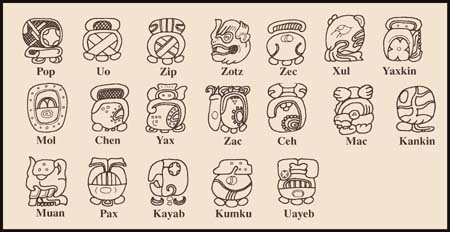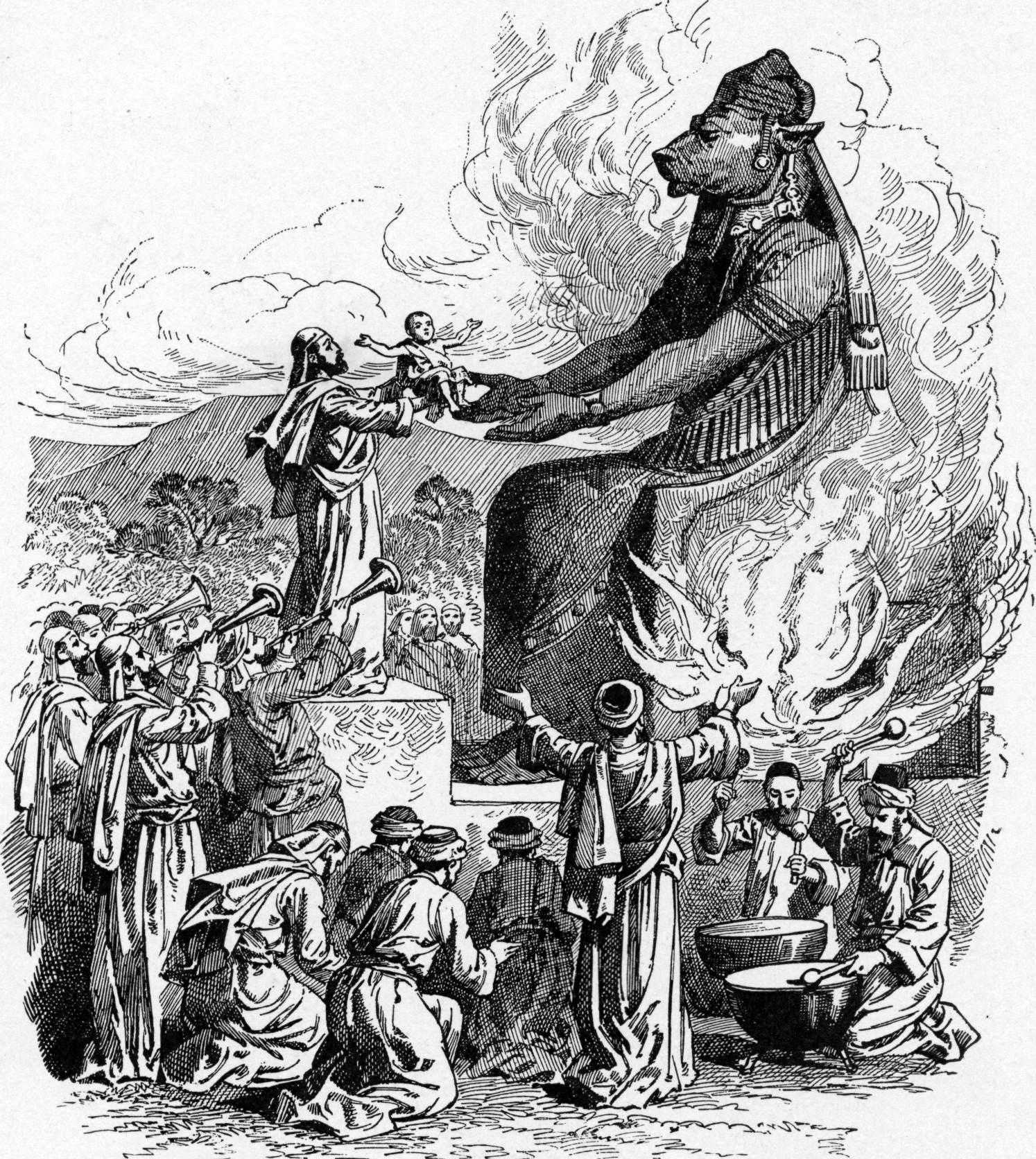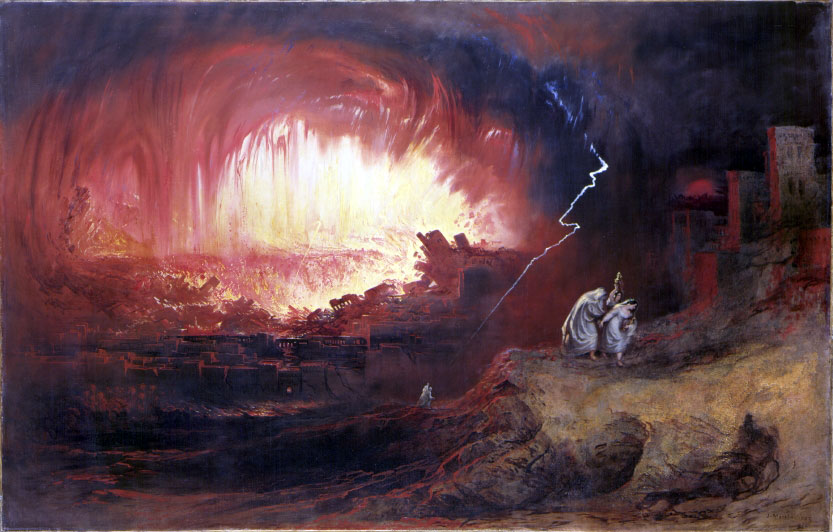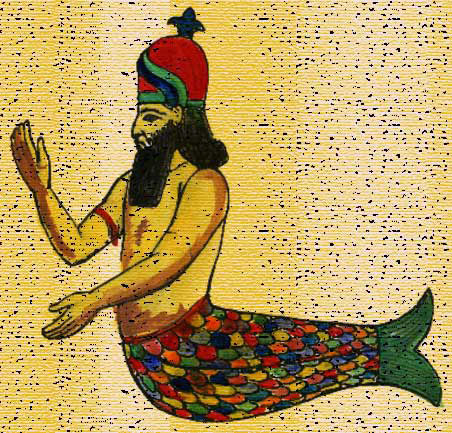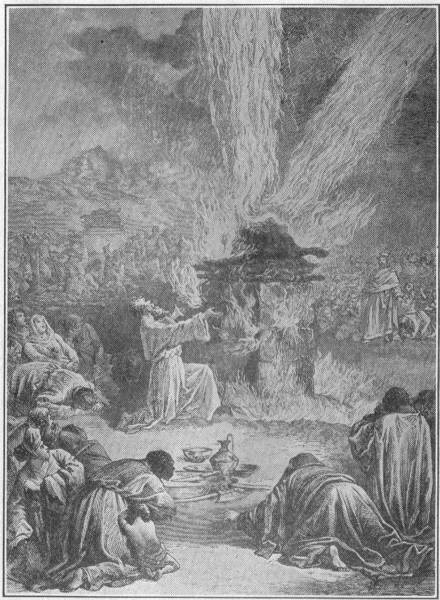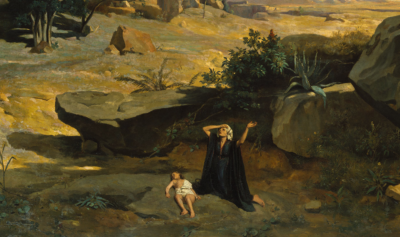The fact that the Mayan calendar failed the End of the World Test — the Fifth Sun didn’t end on December 21, 2012, as so many expected — doesn’t mean there’s not something going on there, and perhaps something catastrophic. But considering how wound up the calendar is with the movements of the planet Venus, as we will see, it seems at least possible that the calamity should be expected to involve that planet, as well as perhaps our own.
Mayans say they got their impressive astronomical and calendrical knowledge from The First People, who had vast knowledge and astonishing abilities, which the gods later took away. Archaeologists say the Maya got their famous calendar from the Olmecs, who used it unknown thousands of years earlier (Mayan civilization reached its height from circa 250–900 CE), but no one can say where the Olmecs got it.
The Maya knew how long it takes the moon to orbit the Earth — 29.528395 days, compared to the slightly more exact figure we know today, 29.530588. Mayan priests had tables they could use to predict solar and lunar eclipses, and they had some understanding of the celestial mechanics involved. They were also excellent mathematicians, with knowledge of the advanced concepts of zero and place numerals.
The Mayan calendar shows the solar year to be 365.2420 days; the Gregorian calendar we use today, instituted in 1582, uses 365.2425 days. We know nowadays that the actual figure is 365.2422. The Gregorian calendar is off by 0.0003 days, but the Mayans are off by only 0.0002 days.
Graham Hancock, in his book Fingerprints of the Gods, describes another piece of advanced knowledge the Mayans incorporated into their calendar:
The “synodical revolution” of a planet is the period of time it takes to return to any given point in the sky —as viewed from earth. Venus revolves around the sun every 224.7 days, while the earth follows its own slightly wider orbit. The composite result of these two motions is that Venus rises in exactly the same place in the earth’s sky approximately every 584 days. Whoever invented the sophisticated calendrical system inherited by the Maya had been aware of this and had found ingenious ways to integrate it with other interlocking cycles. Moreover, it is clear from the mathematics which brought these cycles together that the ancient calendar masters had understood that 584 days was only an approximation and that the movements of Venus are by no means regular. They had therefore worked out the exact figure established by today’s science for the average synodical revolution of Venus over very long periods of time. That figure is 583.92 days and it was knitted into the fabric of the Mayan calendar in numerous intricate and complex ways. For example, to reconcile it with the so-called “sacred year” (the tzolkin of 260 days, which was divided into 13 months of 20 days each) the calendar called for a correction of four days to be made every 61 Venus years. In addition, during every fifth cycle, a correction of eight days was made at the end of the 57th revolution. Once these steps were taken, the tzolkin and the synodical revolution of Venus were intermeshed so tightly that the degree of error to which the equation was subject was staggeringly small —one day in 6000 years. And what made this all the more remarkable was that a further series of precisely calculated adjustments kept the Venus cycle and the tzolkin not only in harmony with each other but in exact relationship with the solar year. Again this was achieved in a manner which ensured that the calendar was capable of doing its job, virtually error-free, over vast expanses of time.
Why did the “semi-civilized” Maya need this kind of high-tech precision? Or did they inherit, in good working order, a calendar engineered to fit the needs of a much earlier and far more advanced civilization?
Stelae have been found in Guatemala that refer to dates 90 to 300 million years ago. According to Hancock, “[T]he ancient Maya had a far more accurate understanding of the true immensity of geological time, and of the vast antiquity of our planet, than did anyone in Britain, Europe or North America until Darwin propounded the theory of evolution.”
But the Maya did not seem to really understand much of the information passed down to them. As J. Eric S Thompson, says in his book, i>The Rise and Fall of Maya Civilization:
What mental quirks led the Maya intelligentsia to chart the heavens, yet fail to grasp the principle of the wheel; to visualize eternity, as no other semi-civilized people has ever done, yet ignore the short step from corbelled to true arch; to count in millions, yet never to learn to weigh a sack of corn?
Hancock asks:
[D]id [the Maya] inherit the calendrical and mathematical tools which faciliated, and enabled them to develop, this sophisticated understanding? If an inheritance is involved, it is legitimate to ask what the original inventors of the Mayan calendar’s computerlike circuitry had intended it to do…. We have seen that the obsessive concern of Mayan society, and indeed of all the ancient cultures of Central America, was with calculating —and if possible postponing— the end of the world. Could this be the purpose the mysterious calendar was designed to fulfill? Could it have been a mechanism for predicting some terrible cosmic or geological catastrophe?
The overwhelming message of a large number of Central American legends is that the Fourth Age of the world ended very badly. A catastrophic deluge was followed by a long period during which the light of the sun vanished from the sky and the air was filled with a tenebrous darkness.
After the destruction of the Fourth Sun, the gods gathered together at Teotihuacan (the Place of the Gods) to bring forth the Fifth Sun, at which time Quetzalcoatl came to Earth to help the remnants of humankind acquire skills and knowledge to make their lives better.
So, after every cataclysm, comes an eventual rebirth.
